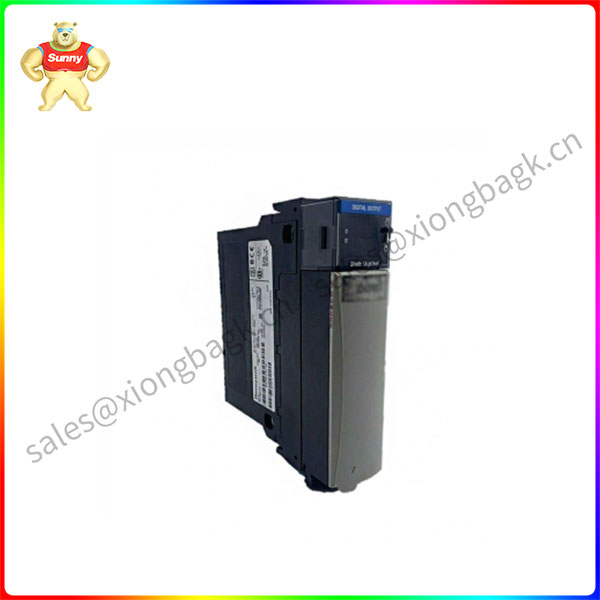Joint actuators: the core moving parts of humanoid robots
An actuator is a mechanical or electromechanical device that provides controlled and limited movement or positioning and is operated with the help of a number of fluids, including linear and rotary actuators. Categories: Linear actuators, rotary actuators. 1) Linear actuators: Convert energy into linear motion, mainly for positioning applications, usually with push-pull functions. 2) Rotary actuator: move at an Angle relative to the midpoint (i.e. along the circle). In its simplest form, the linear actuator is an extension of the rotary actuator, containing an additional motion converter that converts the rotary motion to linear motion. Ball screw, roller screw, belt and pulley, rack and pinion can convert rotation into linear motion. High technological barriers. Manufacturing precision motion control products requires high-precision process equipment and a lot of process accumulation.
TC-ODK161 Take Tesla as an example, “Optimus Prime” torso contains 28 joint actuators, involving two categories of rotation and linear, parts including reducer, lead screw, motor, sensor and so on. According to the AI Day release, body actuators: 6 (3 rotary actuators and 3 linear actuators), a total of 28 actuators, capable of achieving 28 degrees of freedom. Hand (one hand) : 6 actuators and 11 degrees of freedom, ergonomic design. The preliminary scheme of joint actuator: mainly involves motor, harmonic reducer (rotating joint), ball/roller screw (linear joint), sensor, etc., because it is integrated on the joint of the same size as people, so the performance and size of the parts are put forward higher requirements.

TC-ODK161
According to the design objectives and application scenarios of the robot, select different parts and configuration schemes. The joint actuators of humanoid robots will have different focuses in the design, including but not limited to load capacity, accuracy, speed, weight, cost, etc. Take the reducer and the lead screw as an example: 1) In order to improve the torque output, the actuator is usually used with the TC-ODK161 reducer. Common retarders are harmonic wave retarder, planetary retarder, RV retarder and so on. The current Tesla Optimus is equipped with a harmonic reducer. Other manufacturers may choose a planetary reducer or other type of reducer according to different torque and space requirements. 2) In the linear drive, the lead screw is the key component that converts the rotating motion to the linear motion. Ladder screw, ball screw and roller screw are the more common choices, manufacturers may choose different types of screw according to different parts of the bearing capacity, accuracy and other requirements. In addition, the number of joints is key to achieving these degrees of freedom, and each joint usually provides at least one degree of freedom. The design of degrees of freedom needs to match the expected application scenarios of humanoid robots.
 中文版
中文版




